Welcome to the world of decorative window trim, where elegance meets functionality! In this comprehensive guide, I’ll share my own experiences and insights into the various styles, materials, and benefits of decorative window trim. Whether you’re a seasoned DIY enthusiast or someone looking to enhance your home’s aesthetic, there’s something here for everyone. Let’s dive in!
What is Decorative Window Trim?
Decorative window trim refers to the architectural details placed around windows, acting as a frame that enhances both their visual appeal and functionality. It can be found in various styles, sizes, and materials, making it a versatile choice for any home. Decorative trim not only accentuates your windows but also adds a layer of protection against the elements.
Why Use Decorative Window Trim?
- Visual Appeal: Instantly boosts the aesthetics of a room.
- Increased Property Value: Attractive trim can raise your home’s market value.
- Energy Efficiency: Properly installed trim can reduce drafts.
- Customization: Allows for personal expression in home design.
Types of Decorative Window Trim
1. Interior Window Trim
Interior window trim is located inside the home and is often referred to as casing. It can be simple or ornate, depending on the style of your home. Common types include:

- Flat Casing: Simple and modern, consisting of flat boards around the window.
- Beaded Casing: Features a small bead detail, adding a classic touch.
- Colonial Casing: Larger and more decorative, often found in traditional homes.
2. Exterior Window Trim
Exterior trim is installed outside your home, providing protection against the weather and enhancing curb appeal.
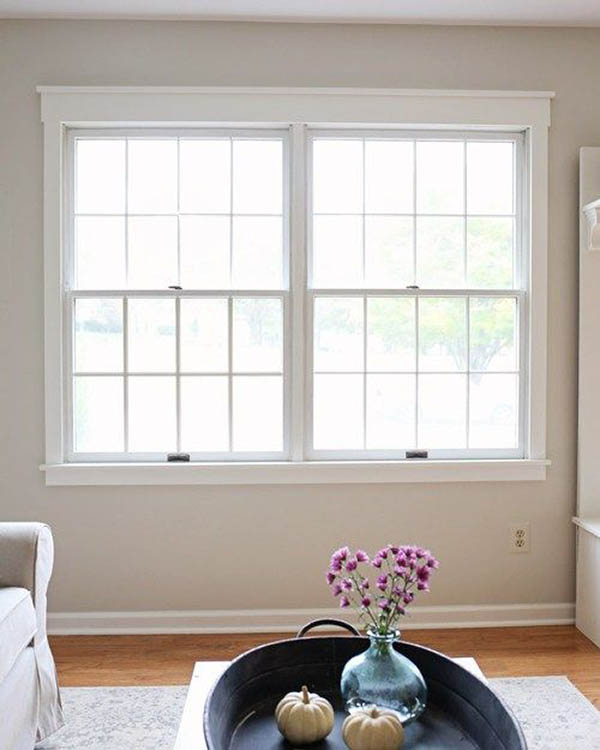
- Frieze Board: Mounted at the top of the window, often decorative.
- Brick Moulding: A trim that sits against the brick facade, giving a finished look.
- Window Sill: The ledge at the bottom of the window, often slanted to allow water runoff.
Materials for Decorative Window Trim
Choosing the right material for your decorative window trim is crucial. Each material has its pros and cons, depending on the desired finish, durability, and cost.

Wood Trim
Wood is a traditional choice that offers warmth and authenticity.
- Pros: Attractive finish, easy to paint, and versatile.
- Cons: Prone to warping, splitting, and requires maintenance.
Vinyl Trim
Vinyl is a low-maintenance alternative to wood.
- Pros: Resistant to moisture, no painting required.
- Cons: Limited color options and can discolor over time.
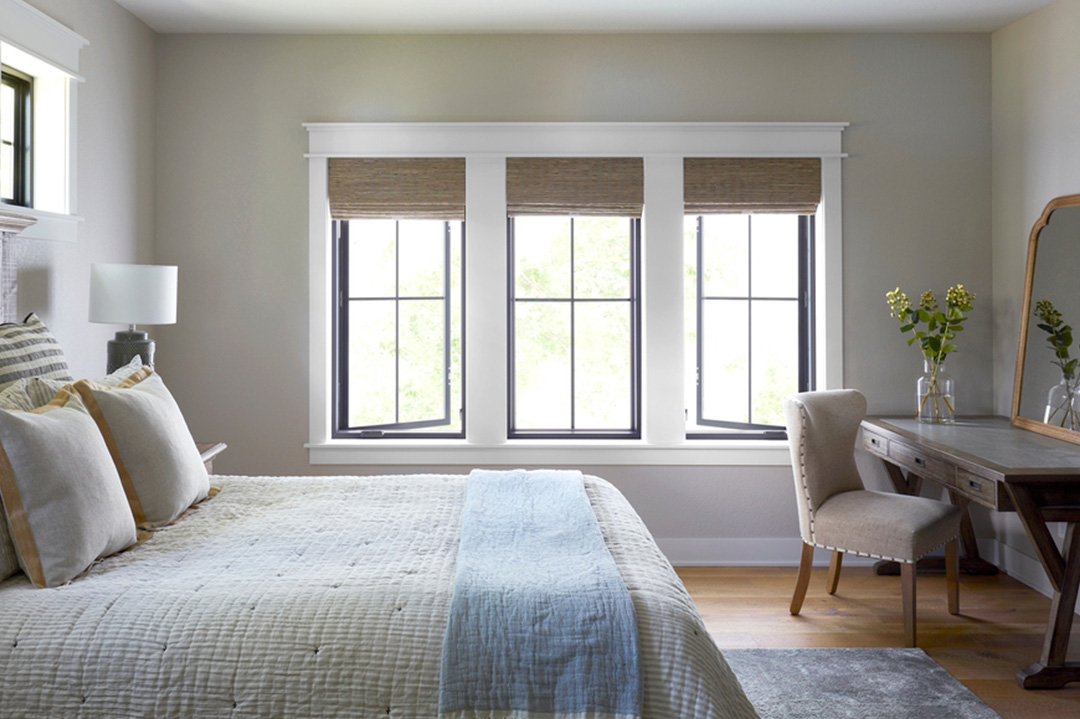
Composite Trim
Composite trim offers the look of wood without the drawbacks.
- Pros: Durable, low maintenance, and resistant to rot.
- Cons: More expensive than vinyl options.
Choosing the Right Style for Your Home
When selecting decorative window trim, consider the architectural style of your home. Here are some popular styles:
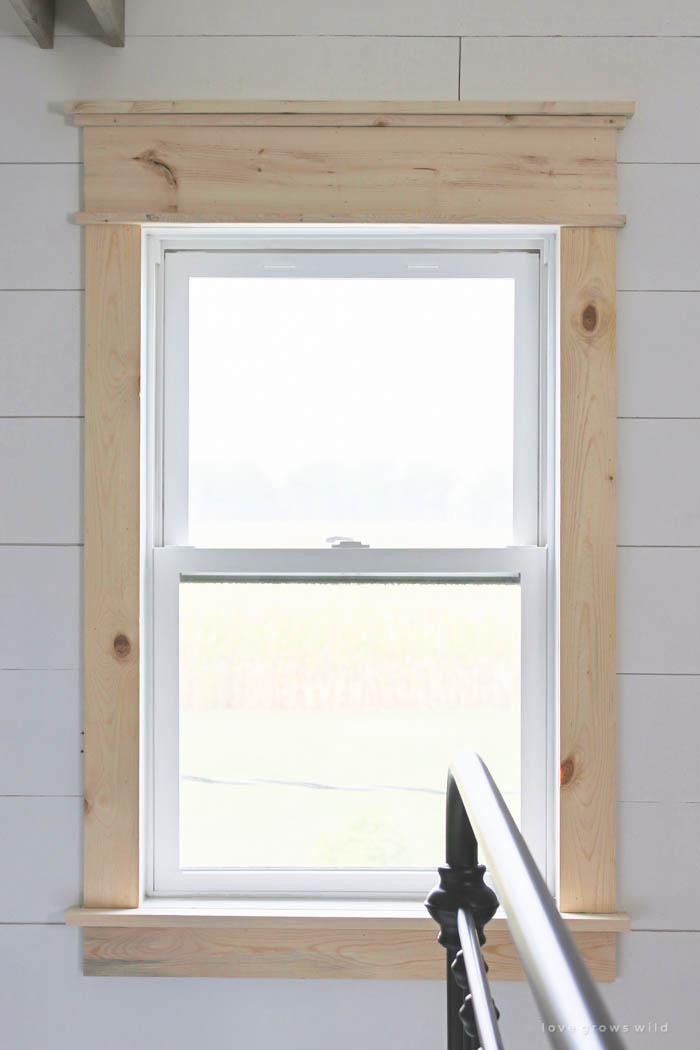
1. Modern
Characterized by clean lines and minimal ornamentation, modern trims often utilize flat casings and simple profiles.
2. Traditional
Incorporates more ornate designs, such as crowns, arches, and intricate moldings.
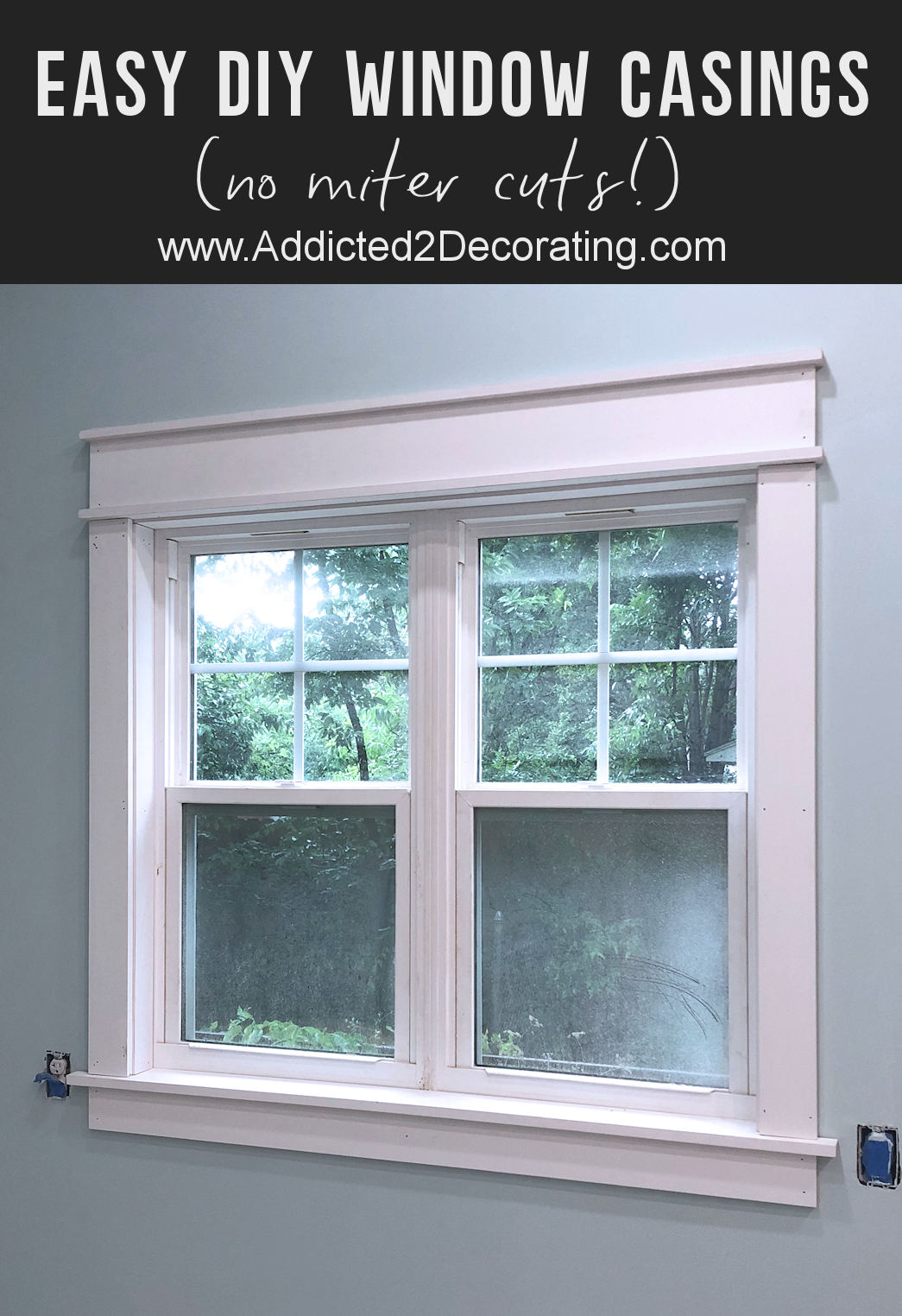
3. Rustic
Uses natural materials, often featuring exposed wood grain and rough finishes.
Installation of Decorative Window Trim
Installing decorative window trim can be a rewarding DIY project. Here’s a step-by-step guide based on my own experiences:
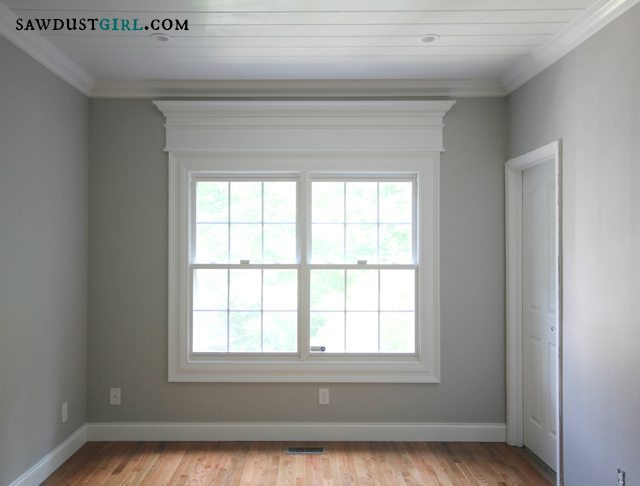
Tools and Materials Needed
- Miter saw
- Nail gun or hammer
- Level
- Measuring tape
- Caulk and caulk gun
- Sandpaper
- Paint or stain (optional)
Step-by-Step Installation
- Measure: Measure the height and width of your window.
- Cut Trim: Cut your trim pieces to size at a 45-degree angle using a miter saw.
- Dry Fit: Place the pieces around the window to ensure proper fit before securing them.
- Secure Trim: Use a nail gun or hammer to secure the trim into place.
- Caulk Gaps: Fill in any gaps with caulking for a seamless finish.
- Finish: Sand and paint or stain your trim as desired.
Comparison of Decorative Window Trim Styles and Materials
| Style/Material | Visual Appeal | Durability | Maintenance | Cost |
|---|---|---|---|---|
| Wood Trim | High | Medium | High | Medium to High |
| Vinyl Trim | Medium | High | Low | Low to Medium |
| Composite Trim | High | High | Low | High |
Pros and Cons of Decorative Window Trim
Pros
- Enhances the aesthetic appeal of your windows.
- Increases the value of your property.
- Can improve energy efficiency.
- Offers a wide range of design choices to match any decor.
Cons
- Installation can be complex for beginners.
- Some materials require regular maintenance.
- Cost can add up depending on the style and material.
Frequently Asked Questions (FAQs)
1. What is the best material for decorative window trim?
The best material depends on your budget, desired aesthetic, and maintenance preferences. Wood offers a classic look, while vinyl and composite provide durability and low maintenance.
2. How can decorative window trim enhance energy efficiency?
Properly installed trim can seal gaps around windows, reducing drafts and helping maintain indoor temperatures, which can lower energy bills.
3. Can I install window trim myself?
Yes! With the right tools and materials, many homeowners can successfully install decorative window trim as a DIY project.
4. How do I maintain wood decorative trim?
Wood trim should be regularly inspected for signs of wear and weathering. Sanding and repainting or staining every few years will keep it looking fresh.
5. What styles of decorative trim are currently trending?
Popular trends include farmhouse styles with rustic elements, sleek modern designs, and classic Victorian moldings.
Conclusion
Decorative window trim offers a fantastic opportunity to enhance your home’s overall appearance while adding value and energy efficiency. As someone who has experienced the transformative power of well-chosen trim, I encourage you to explore the various styles and materials available. With the right trim, your windows can become stunning focal points that reflect your personal style and elevate your living space.
Now that you have a comprehensive understanding of decorative window trim, it’s time to start planning your project. Happy decorating!